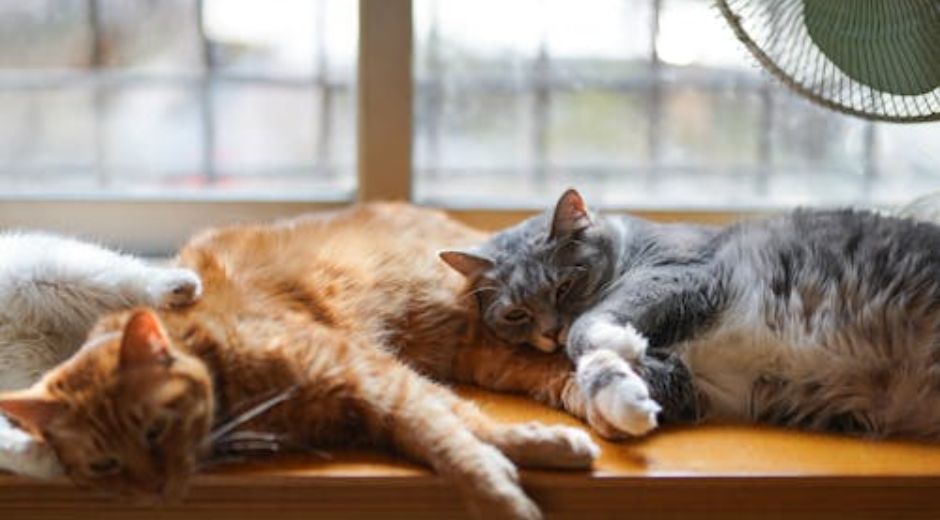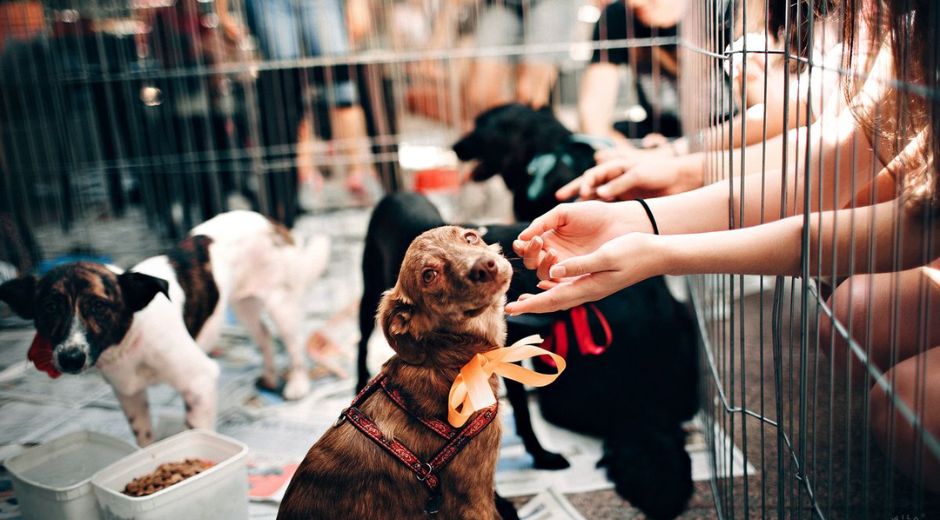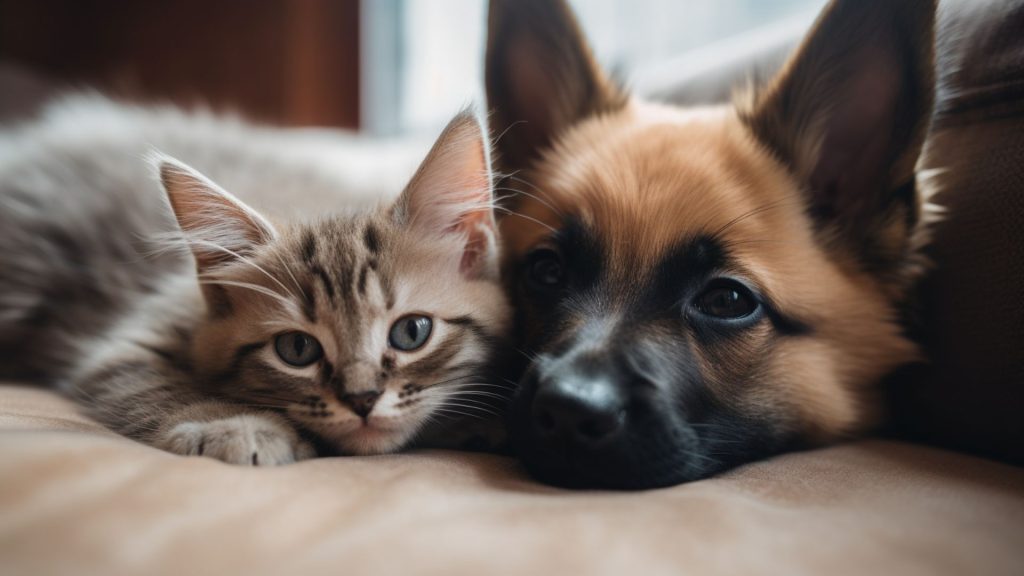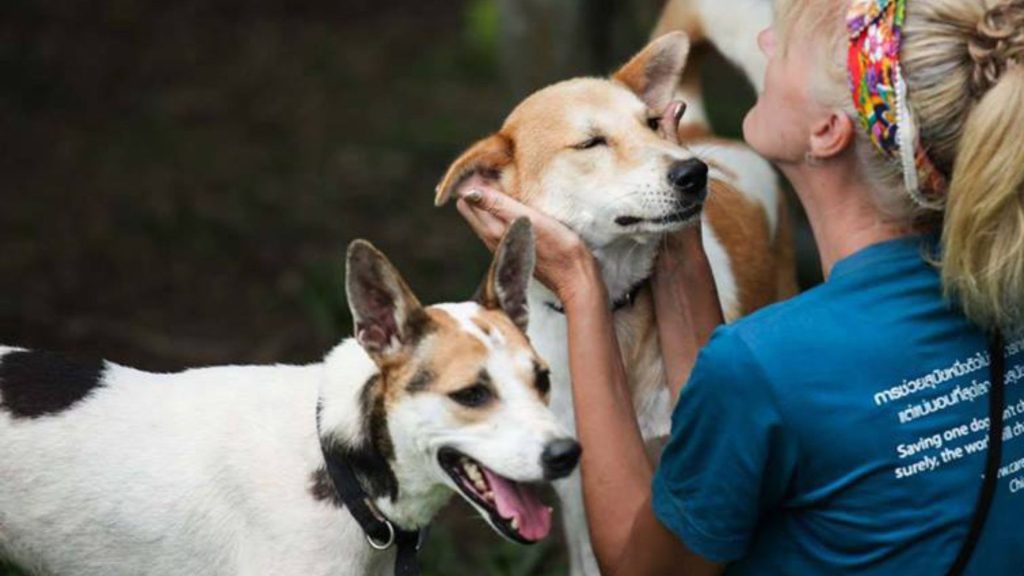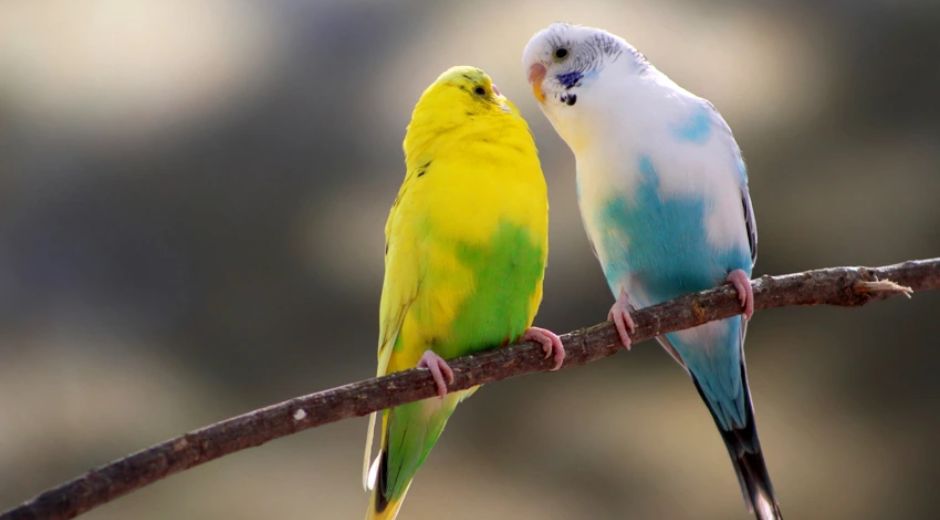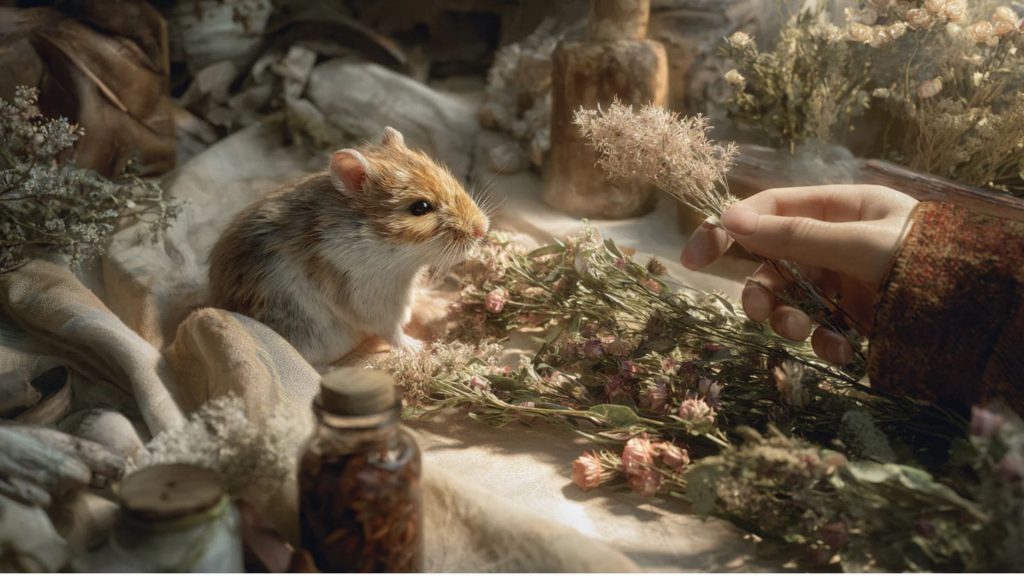The Science of Cat Communication: Beyond the Purr
The Science of Cat Communication: Beyond the Purr
Cats have always carried an air of mystery. Their graceful movements, enigmatic stares, and unpredictable behavior have fascinated humans for thousands of years. But beneath that quiet poise lies a complex and rich system of communication — one that goes far beyond the occasional meow or gentle purr. Understanding feline communication not only deepens our bond with them but also reveals just how emotionally intelligent and socially aware our feline companions truly are.
The Language of Sound: Meows, Trills, and Chirps
While dogs bark to alert, demand, or warn, cats use sound as a subtle art form. A single cat can produce over 100 different vocalizations, each carrying a unique message.
The familiar “meow” is actually directed primarily at humans — adult cats rarely meow at one another in the wild. It’s their way of bridging the gap between species, adapting their communication to the environment they live in.
A short, soft meow might mean “hello,” while a long, drawn-out one might indicate impatience or hunger. Trills and chirps often come from mother cats guiding kittens or friendly cats greeting their owners. Purring, of course, is a world of its own — once believed to only signify contentment, it is now known to express a range of emotions, including anxiety or pain.
As animal behaviorists have noted in publications featured by Condé Nast Traveler, sound in animal communication is as much about emotional connection as it is about practical expression — and cats master it gracefully.
The Silent Conversation: Body Language and Movement
Cats communicate through movement long before they vocalize. Every flick of the tail, twitch of the ear, or slow blink conveys meaning.
A raised tail signals affection or curiosity, while a puffed-up one warns of fear or aggression. Ears forward mean interest, while flattened ears show discomfort.
Perhaps the most intimate form of feline communication is the slow blink — often called the “cat kiss.” When a cat looks at you, blinks slowly, and reopens its eyes, it’s expressing trust and affection. You can return this gesture to strengthen your bond.
At Zoopora.com, pet experts highlight that cats rely on visual cues more than we realize. By learning to read their subtle gestures, owners can respond to emotional needs in real-time, reducing stress and fostering mutual respect.
Scent: The Hidden Language of the Cat World
For cats, scent is perhaps the most powerful form of communication. They live in a world painted with invisible trails of information — who has been where, what territory belongs to whom, and which humans they’ve marked as “theirs.”
When your cat rubs against your legs or furniture, it’s not just showing affection; it’s leaving behind pheromones that establish familiarity and safety. This scent marking creates a comforting environment and reduces anxiety.
Similarly, scratching surfaces isn’t just about sharpening claws — it’s a dual act of physical maintenance and olfactory messaging.
Outdoor cats, for instance, rely heavily on scent communication to establish social boundaries without confrontation. This invisible dialogue keeps peace among feline communities while maintaining personal space.
Touch: The Warmest Form of Connection
Physical touch is another essential channel of communication. A head-butt (or “bunting”) is a sign of trust, often reserved for other cats or humans a feline feels secure around. Grooming another cat — or even licking your hand — is a bonding behavior that builds social cohesion.
Interestingly, cats use touch not only to express love but also to guide human behavior. A paw on your arm can mean “please continue petting me,” while a gentle tap might indicate “that’s enough for now.” These subtle acts transform daily interactions into an ongoing dialogue between species.
Just as travel experiences bring people closer to nature and one another, the intimacy of touch brings us closer to our feline companions. Platforms like Romantichs.com explore how such emotional connections — even across species — strengthen our sense of empathy and belonging.
Visual and Environmental Cues
Cats are observant by nature, reading human posture, tone, and even routine as part of their communication process. If you feed your cat at the same time daily, it learns to associate your footsteps or voice pattern with that ritual.
Some researchers believe cats can even pick up on micro-expressions in the human face, interpreting mood changes before we speak.
Environment plays a huge role in communication as well. A cat’s willingness to interact depends on how secure it feels in its surroundings. Too much noise or sudden change can disrupt this delicate balance.
Creating a safe, enriching home — with vertical climbing areas, quiet corners, and natural light — helps your cat “speak” more openly and confidently.
Human Adaptation: Learning to Speak Cat
Humans often expect cats to adapt entirely to our way of communication, but successful relationships are built on mutual learning. Observing, listening, and responding appropriately are key. For instance, when a cat’s tail flicks rapidly, it’s best to pause interaction; when it curls gently around your hand, it’s welcoming affection.
Veterinary behaviorists emphasize that interpreting feline cues correctly can prevent misunderstandings that lead to stress or aggression. It turns ownership into companionship — a partnership built on respect and understanding.
The Emotional Depth Behind Cat Communication
Behind every meow or head tilt lies emotion. Cats express affection, curiosity, jealousy, and even grief — often in ways humans misinterpret. Their communication reflects emotional intelligence that rivals many social animals.
For example, when cats bring “gifts” like small toys (or, unfortunately, prey), it’s not a morbid act but a gesture of inclusion — their way of sharing resources within their “family group.”
This emotional complexity deepens our appreciation of cats not just as pets but as sentient beings capable of empathy and awareness.
The Science Behind the Mystery
Recent studies in animal psychology reveal that feline communication evolved alongside domestication. As cats adapted to human environments, they developed sounds and behaviors tailored to human attention. Kittens meow instinctively, but adult cats refine their vocal tone depending on the response they receive from people.
This adaptability shows that communication between cats and humans is not one-sided — it’s an evolving, dynamic exchange. Cats learn our rhythms, and in turn, we learn theirs. It’s a quiet symphony of coexistence that continues to evolve.
Conclusion: Listening to the Quiet Voices
To truly understand a cat, one must learn to listen to silence. Feline communication isn’t always loud or obvious — it’s subtle, layered, and profoundly expressive. Every purr, blink, and touch carries meaning that strengthens the bond between species.
When we pay attention to these signals, we step into a deeper relationship built on trust and intuition. In many ways, learning to communicate with a cat teaches us to be more patient, observant, and empathetic — qualities that extend beyond pet ownership into how we relate to all living beings.
Through curiosity and compassion, we discover that the art of communication isn’t just about speaking — it’s about understanding the unspoken.
Wildlife Behavior Curiosity

Training and Trust: Building a Stronger Bond with Your Pet
Discover why biodiversity is vital for ecosystems, climate balance, and human survival, and how conservation protects life’s intricate web.

Biodiversity: The Foundation of Earth’s Living Systems
Discover why biodiversity is vital for ecosystems, climate balance, and human survival, and how conservation protects life’s intricate web.

Adaptation: How Animals Evolve to Survive Changing Worlds
Explore how adaptation helps animals survive climate shifts, predators, and new environments, revealing nature’s incredible resilience.
